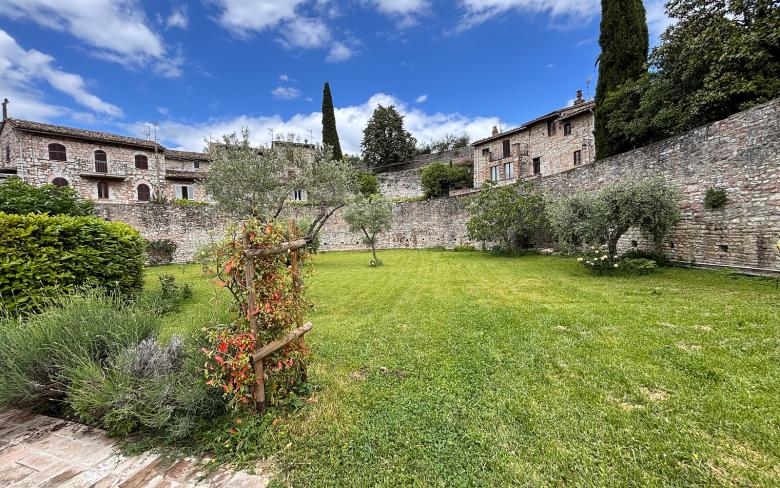The "Rocca Maggiore" Fortress in Assisi
The first historical mention of this fortified structure dates back to 1173-1174, when Christian, Archbishop of Mainz, sacked Assisi on behalf of Emperor Frederick Barbarossa. In 1198, a popular uprising tore down the Fortress.
Tradition says that on this occasion the townspeople kicked out Conrad I von Urslingen, the Duke of Spoleto, together with little Frederick II, who at the time was only four years old. What remained of the fortress remained neglected until 1362, when Cardinal Gil Albornoz decided to rebuild it over the ancient German fortifications.
The imposing and austere Rocca Maggiore fortress overlooks the historical city center of Assisi, the Tescio River's narrow ravine below and a large part of the Umbrian Valley, which extends from Perugia to Spoleto. Visiting its structure provides the opportunity to observe a significant example of well preserved 14th century military architecture, while enjoying one of the most evocative panoramas of Umbria.
The itinerary of the Tour brings the visitor inside the Albornoz style fortress—with its square plan—that consists of a Keep and a Polygonal Tower and has been expanded over the centuries with a surrounding system of walls and towers
































